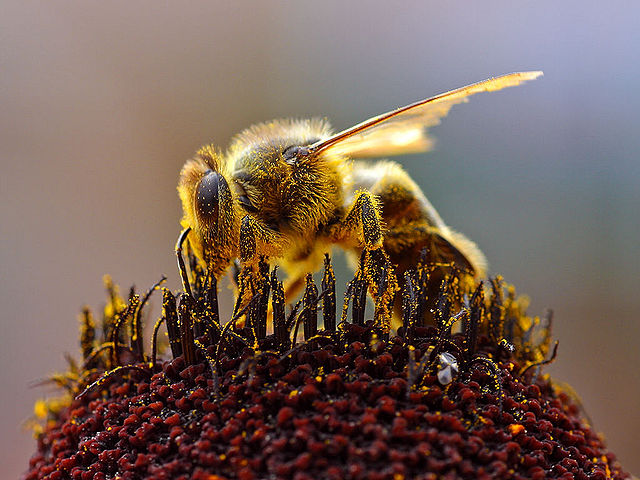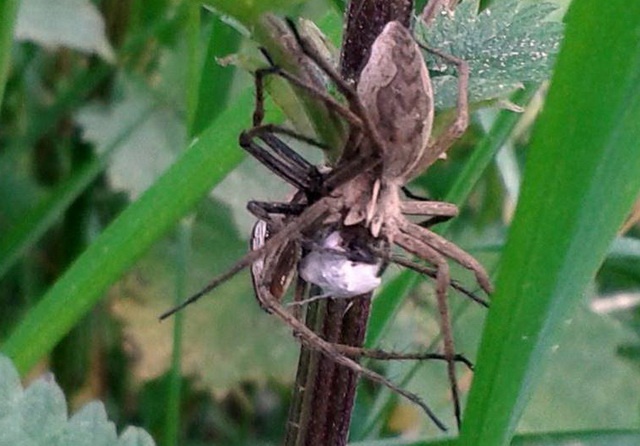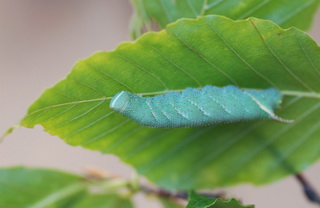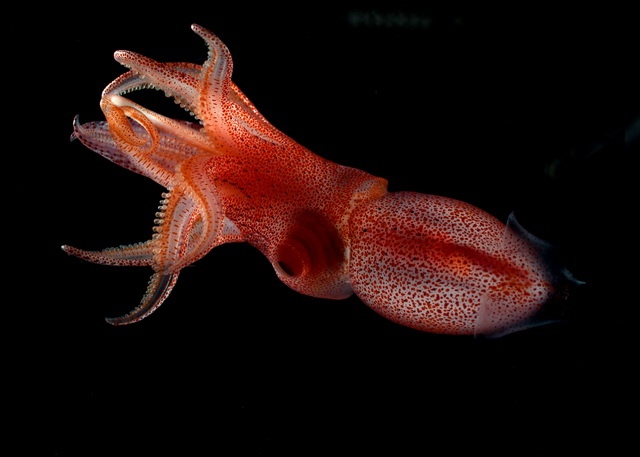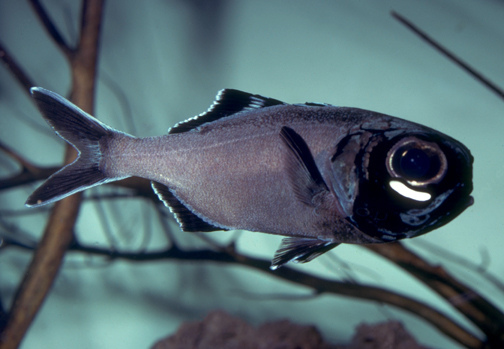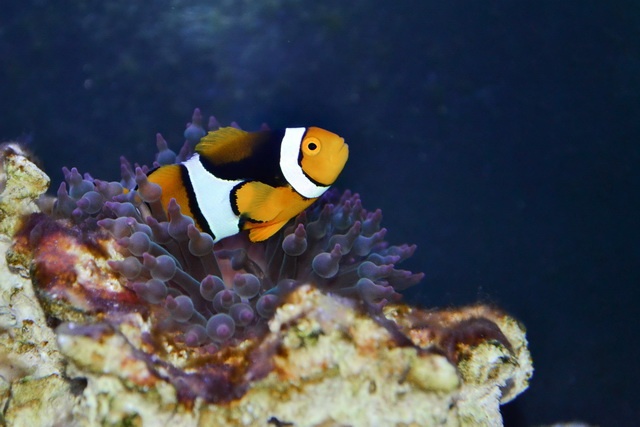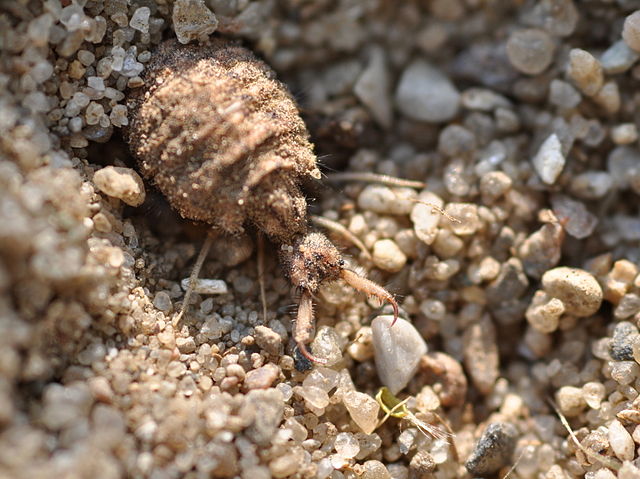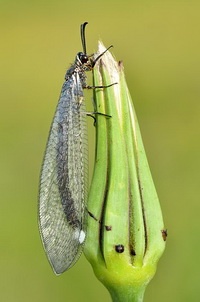Honey bee rubs her eyes after visiting a flower
A busy bee gets dirty: she gets covered with the pollen of flowers. But within minutes she has cleaned herself after visiting a flower, as Guillermo Amador and colleagues report, thanks to the hairs on her body.
A bee that has visited a flower to collect nectar or pollen may be completely covered with yellow pollen grains. When the eyes and antennae are dirty, she is not able to see or smell well. But the discomfort lasts only a few minutes, because during flight she manages to quickly remove the pollen, as Guillermo Amador and colleagues show. She puts it in the baskets on her hind legs to it take to the nest as food for the young, or she drops it.
Using high speed cameras, the researchers recorded the cleaning process in a number of honeybees that they had coated in pollen of dandelion or other plants. To keep the bees in front of the cameras, they tethered them temporarily to a thin wire. As the footage showed upon analysis, the bee hairs are essential for the rapid cleaning process.
Brushes
A honeybee that is covered in pollen starts grooming her eyes. The hairs on the eyes are spaced so that the sticky pollen grains are suspended near the tips, where they can be easily wiped away by the pollen brushes on the forelegs. As the hairs of these brushes are closer spaced than those of the eyes, the pollen grains attach to the brushes.
With a fast movement, the bees swipe a foreleg across an eye, from dorsal to ventral, removing almost all the particles that are touched by the brush. As the researchers calculate, about twelve swipes are needed to clean the entire surface of an eye. In reality, the bees rub each eye ten to twenty times. After each swipe, they spend a few seconds to clean the pollen brush with the other legs or the mouth.
Pollination
The hair on the eyes (and on the rest of the body) and the bristle brushes on the forelegs facilitate quick removal of sticky pollen after a flower visit, the conclusion is.
Still, some of the accumulated pollen must be left ungroomed, so that the bee can deliver it on the pistil of the next flower she visits. Otherwise, bees would not pollinate any flowers.
Willy van Strien
Photo: Honey bee collecting pollen. Jon Sullivan (Wikimedia Commons, Public Domain)
On this video, a pollen-covered honey bee rubs her eyes
Source:
Amador, G.J., M. Matherne, D. Waller, M. Mathews, S.N. Gorb & D.L. Hu, 2017. Honey bee hairs and pollenkitt are essential for pollen capture and removal. Bioinspiration & Biomimetics 12: 026015. Doi: 10.1088/1748-3190/aa5c6e
